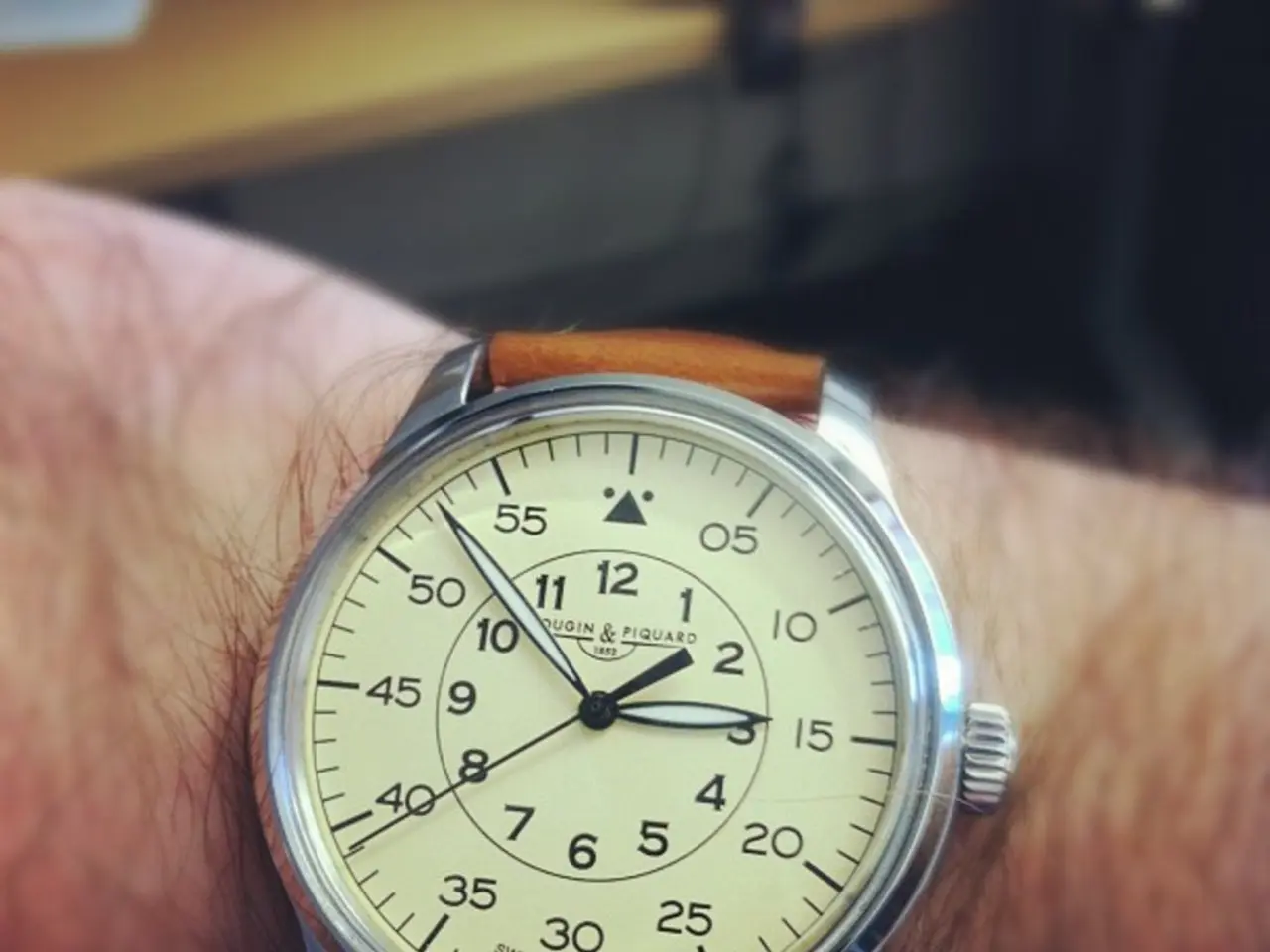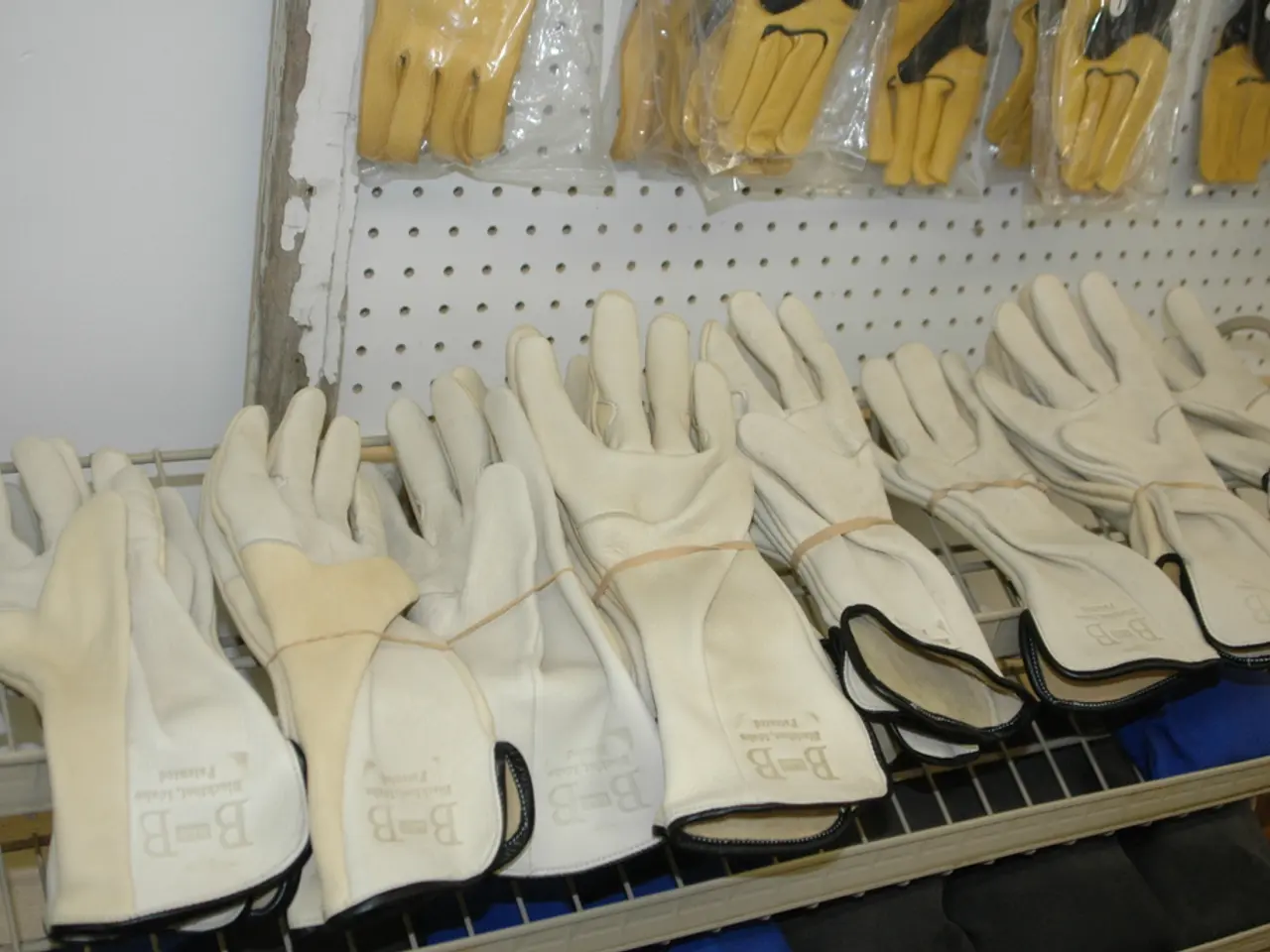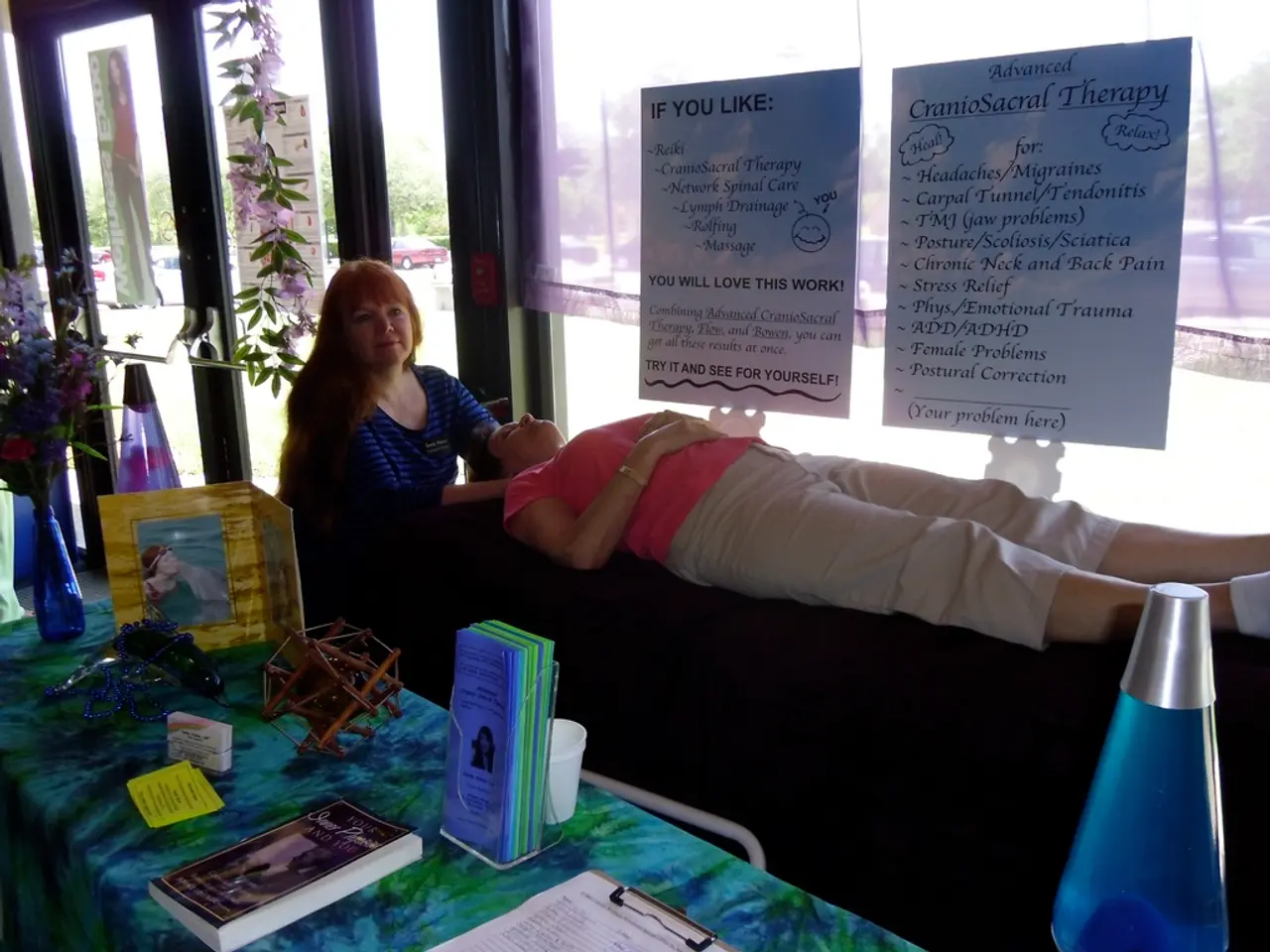Wrist Lump Analysis: Causes, Identification, Therapies, and Further Insights
Common Causes, Symptoms, and Treatment Options for Ganglion Cysts on the Wrist
Ganglion cysts, fluid-filled lumps that often develop on the wrist, are a common issue that affects many people, particularly those who frequently use their wrists in activities such as sports, music, or manual labor.
Causes
Ganglion cysts typically form due to irritation, injury, or repetitive stress of the wrist joint capsule or tendon sheath. Overuse or inflammation in these areas can lead to excess synovial fluid production, which accumulates and forms the cyst. Some ganglions are associated with arthritic joints, especially in older adults.
Symptoms
- A visible lump or lump that may increase in size over time, often on the back (dorsal) or palm side (volar) of the wrist.
- Wrist pain or tenderness, especially if the cyst presses on surrounding nerves or tissues.
- Numbness, tingling, or muscle weakness if nerve compression occurs.
- Weakness or discomfort during wrist movement.
- The cyst size may fluctuate, often enlarging with wrist use and shrinking during rest.
- The skin over the cyst typically looks normal, and the cyst surface may range from soft to firm.
Treatment Options
- Observation: Many ganglion cysts are benign, painless, and may disappear without treatment, so watchful waiting is often the first step.
- Wrist Splint or Immobilization: Using a splint can reduce cyst size and relieve symptoms by limiting wrist motion and irritation.
- Aspiration: If the cyst is painful or bothersome, fluid can be aspirated with a needle, though recurrence is common.
- Surgery (Ganglion Cystectomy): Recommended for recurrent, painful, or functionally limiting cysts. Surgery can be done via open surgery, incising over the cyst to remove it completely, including its root, or other minimally invasive techniques based on case specifics.
Diagnosis
Diagnosis mainly involves physical examination, sometimes supplemented by ultrasound or MRI to confirm the cyst’s fluid nature, rule out other conditions, or assess nerve involvement.
Other conditions such as epidermoid cysts, carpal boss, rheumatoid nodules, giant cell tumor of the tendon sheath (GCTTS), and infections may also cause lumps on the wrist. Treatment options for these conditions vary and may require medical intervention.
For example, rheumatoid nodules may require medical treatment if they develop an infection, ulcer, affect nerves, or affect movement. Corticosteroid injections can help shrink rheumatoid nodules. Approximately 25% of people with rheumatoid arthritis have rheumatoid nodules.
GCTTS is a benign nodular tumor that occurs on the tendon sheath of the hands. A doctor may recommend an excision to remove a GCTTS.
If a lump on the wrist is painful, has grown rapidly, develops an infection, or occurs along with symptoms such as tingling, muscle weakness, numbness, and difficulty moving the wrist, it is best to contact a doctor.
- Some individuals may experience ganglion cysts in association with arthritic joints, especially older adults.
- Ulcerative colitis, a type of inflammatory bowel disease that affects the colon, can also lead to joint pain and swelling, particularly in the joints of the hands, similar to arthritis symptoms.
- Psoriasis, a common skin condition characterized by scaly and red patches, can contribute to joint pain and swelling, particularly in the fingers and toes, a condition known as psoriatic arthritis.
- Women's health conditions such as breast cancer and multiple myeloma, a cancer that affects plasma cells in the bone marrow, can occasionally cause pain, swelling, and lumps in joints, particularly in the wrist.
- Skin care for people with breast cancer undergoing treatment may include the use of AQ (aquaphor) ointment to help alleviate dryness and irritation caused by radiotherapy.
- Predictive science and medical-condition research aim to identify earlier and more accurate diagnostic methods for various health and wellness issues, including cancer, rheumatoid arthritis, and skin conditions like psoriasis.
- Rheumatoid nodules may form on the hands and wrists of individuals suffering from rheumatoid arthritis, causing lumps that can sometimes be mistaken for ganglion cysts.
- If a lump on the wrist is accompanied by symptoms such as joint pain, swelling, redness, or pain during wrist movement, it may be indicative of conditions such as rheumatoid arthritis, colitis, or psoriatic arthritis.
- Sclerosis, a condition that causes the hardening and scarring of connective tissues, can also result in joint pain and immobility, which resembles symptoms of arthritis.




